
Ingredient
Pommarosas
The Vibrant Pommarosas: A Burst of Tropical Flavor
Pommarosas are small, round fruits with a smooth, glossy skin that ranges from bright red to deep crimson. They have a juicy flesh that is both sweet and tangy, reminiscent of a blend between a strawberry and a pomegranate. The texture is similar to that of a ripe plum, with a slight crunch from the numerous small seeds scattered throughout. These fruits are often used in jams, jellies, desserts, and beverages due to their unique flavor and striking appearance.
Origins and history
Pommarosas are native to the tropical regions of Central and South America, particularly in countries like Mexico, Brazil, and Colombia. They have a long history of cultivation by indigenous communities, who valued them for their medicinal properties and culinary versatility. Today, they are widely enjoyed in various Latin American cuisines and are gaining popularity in other parts of the world. The vibrant red color and refreshing taste of pommarosas have made them a symbol of tropical abundance and exotic flavors.
Nutritional information
Pommarosas are low in calories and fat, making them a guilt-free indulgence. They are a good source of vitamin C, providing a significant portion of the recommended daily intake. Additionally, they contain dietary fiber, which aids in digestion and promotes a healthy gut. These fruits also offer a range of antioxidants that help protect the body against oxidative stress and inflammation.
How to select
When selecting pommarosas, look for fruits that are firm and plump, with a vibrant red color. Avoid any fruits that have soft spots, bruises, or signs of mold. The skin should be smooth and glossy, indicating freshness. It is also important to check for any signs of damage or insect infestation. If possible, choose organic pommarosas to minimize exposure to pesticides and support sustainable farming practices.
Storage recommendations
To prolong the freshness of pommarosas, store them in a cool, dry place away from direct sunlight. If the fruits are ripe, they can be stored in the refrigerator for up to a week. However, it is best to consume them as soon as possible to enjoy their optimal flavor and texture. To extend their shelf life, you can also freeze pommarosas by removing the seeds and placing the flesh in an airtight container or freezer bag.
How to produce
Pommarosas are typically grown in tropical climates, making it challenging to produce them in non-tropical regions. However, if you live in a suitable climate, you can try growing pommarosa trees from seeds or young plants. They require well-drained soil, ample sunlight, and regular watering to thrive. It is advisable to consult local gardening experts or nurseries for specific guidance on growing pommarosas in your area.
Preparation tips
Pommarosas can be enjoyed in various ways. They can be eaten fresh as a snack, added to fruit salads, or used as a topping for desserts like ice cream or yogurt. Their vibrant color and tangy flavor make them a popular choice for making jams, jellies, and preserves. Pommarosa juice or syrup can be used to create refreshing beverages or cocktails. Additionally, these fruits can be incorporated into savory dishes, such as salsas, chutneys, or marinades, to add a unique tropical twist.
Availability
Mexico, Brazil, Colombia
More ingredients from this category » Browse all

Cashew apples
The Tropical Delight of Cashew Apples

Carambolas
The Star of Tropical Delights: Carambolas Unveiled

Nonis
The Exotic Powerhouse

Purple mombins
The Vibrant Delight: Exploring the World of Purple Mombins

Maprangs
The Exotic Tanginess of Maprangs

Babacos
Exotic Delight: Babacos
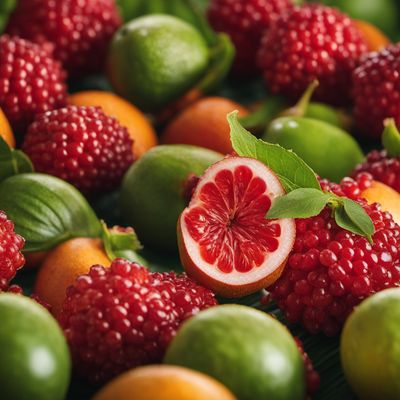
Dracontomelon duperreanum fruits
The Exotic Delight: Dracontomelon Fruits

Natal plums
The Exotic Gems: Natal Plums

Bilimbis
Tropical Tang: Exploring the Unique Flavor of Bilimbis

Aonlas
The Tangy Delight: Exploring the Unique Flavors of Aonlas

Malay pommarosas
The Exotic Delight: Malay Pommarosas - A Tropical Twist for Your Taste Buds

Santols
The Tropical Delight: Exploring the Exotic Santols
Recipes using Pommarosas » Browse all

Tongan-style Spicy Fish Stew
Fiery Fish Delight: Tongan-style Spicy Fish Stew

Croatian-inspired Kiluvõileib
Mediterranean Twist: Croatian-inspired Kiluvõileib

Crema del Gerrei - Veracruz Style
Veracruzian Seafood Chowder: A Creamy Delight from the Gulf

British-style Flaky Roti Prata
Buttery Flaky Roti Prata: A British Twist on a Singaporean Classic

Haipai-style Spicy Noodle Soup
Fiery Fusion: Haipai Spicy Noodle Delight

Mecklenburg-style Nan bya
Savory Mecklenburg Fish Curry
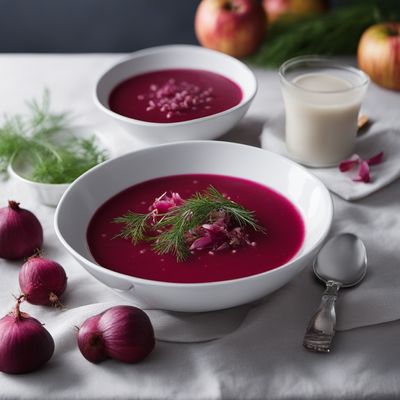
Estonian Beetroot Soup
Velvety Beet Delight: Estonian Beetroot Soup
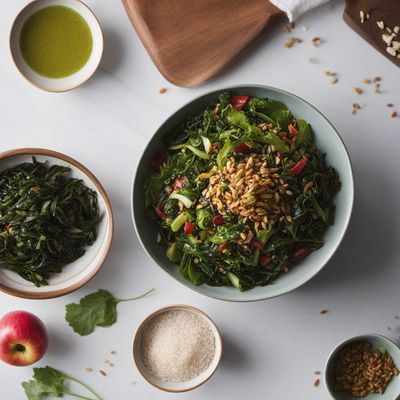
Native American Goma Wakame Salad
Savory Seaweed Salad with Native American Flair

Broodje Haring with Pickled Onions and Mustard Sauce
Dutch Delight: Tangy Broodje Haring with Zesty Mustard Sauce
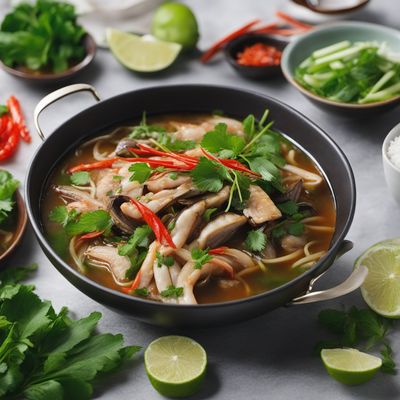
Vietnamese Seafood Hot Pot
Oceanic Delight: Vietnamese Seafood Hot Pot
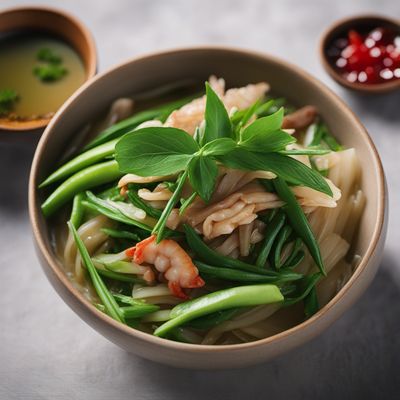
Macanese-style Seafood Lard Na
Macanese Seafood Delight: A Fusion of Thai Lard Na and Macanese Flavors

Chinese-style Bratislavský Rožok
Savory Chinese-inspired Bratislavský Rožok: A Fusion Delight